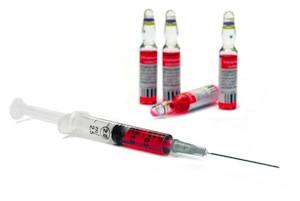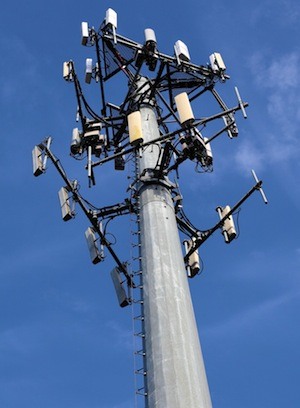Organic.org |
| GMO, yeah? 5 surprises from an otherwise boring look at genetically modified crops Posted: 30 Apr 2014 09:18 AM PDT Researchers at the USDA's Economic Research Service have stepped back to look at the effect of genetically engineered crops since they were introduced in the U.S. It's a pretty dry and unsurprising document, but when read carefully a few interesting things jump out. Here's five. 1. How many GMO trials are there? TonsThere have been thousands and thousands a field trials, which have translated to just a handful of different traits. A lot of these must have been for different, locally adapted varieties of, say, insect resistance. But it was also interesting to see how many trials there were for the low-profile GMOs. There were tests of plants with disease resistance, and plants with "resistance to cold, drought, frost, salinity, more efficient use of nitrogen, increased yield." In addition to the big three (corn, cotton, and soy), the USDA has approved 11 kinds of tomatoes, eight forms of canola, five potatoes, sugarbeets, papaya, rice, squash, alfalfa, plum, rose, tobacco, flax, and chicory. About 12 percent of the squash grown in the U.S. is genetically engineered for disease resistance.2. Herbicide tolerance is sneakyHerbicide-tolerant soybeans grow on more than 90 percent of the soy acres in the U.S. But there doesn't seem to be a direct benefit to farmers in terms of significantly higher yields. So why pay more for the GMO seed? Here's what the researchers say:The fact that several researchers found no significant differences between the net returns of adopters and nonadopters of HT crops (particularly HT soybeans) despite the rapid adoption of these crops suggests that many adopters may derive nonmonetary benefits from HT adoption. In particular, weed control for HT soybeans may be simpler, freeing up management time for leisure, enterprise growth, or off-farm income-generating activities.In addition, farmers pay less for specialized herbicides and for the diesel needed to run a weed-busting cultivator. 3. Insecticide use is way downThat's among both farmers who used GE insect-resistant crops and those who didn't. "Corn insecticide use by both GE seed adopters and nonadopters has decreased — only 9 percent of all U.S. corn farmers used insecticides* in 2010. Insecticide use on corn farms declined from 0.21 pound per planted acre in 1995 to 0.02 pound in 2010."Wow. That's a success story you don't normally hear. 4. Traditional GMOs are increasingly monolithicI've argued that we shouldn't fight over "GMOs" but instead talk about the specific plants we like or dislike. There may be a problem with that argument: Now the main GE traits are coming bundled together. The argument, I think, still stands for rare cases (like disease resistance and Golden Rice).5. Plowless farmers rise upMore and more farmers are growing crops with only minimal disturbance of the soil. That conserves topsoil, prevents run-off pollution, and allows for carbon capture in the fields. It's good news, and it's largely associated with the use of herbicide-tolerant crops (though I'm still not totally convinced the relationship is causal).Here's the entire doc for those who wish to dig deeper. Don't say we didn't warn you. *This is the percentage of farmers who applied insecticide to their fields. It doesn't include the farmers that used insecticides just by planting seeds: Many seeds are coated with an insecticide, which the plant sucks up and uses to fend off bugs. These systemic insecticides may cause less collateral damage because they aren't sprayed over the entire field, but there are suggestions that they may hurt pollinators. [via |
| You are subscribed to email updates from Organic.org To stop receiving these emails, you may unsubscribe now. | Email delivery powered by Google |
| Google Inc., 20 West Kinzie, Chicago IL USA 60610 | |




















